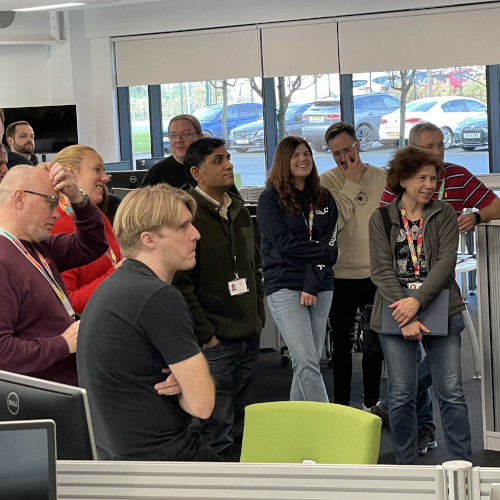
Software update
SaaS-ready
 Why CDL's cloud-move will enable an increasingly rapid low code/no code model for systems roll-out.
Why CDL's cloud-move will enable an increasingly rapid low code/no code model for systems roll-out.The benefits of becoming a cloud-only operation are now well rehearsed, particularly in terms of resilience, scalability and performance gains. Less talked of but equally important is the advantage of being able to provide Software as a Service (SaaS), using a low code / no code model to enable customers to go live on CDL solutions within a matter of days or weeks rather than months.
CDL solutions have always been designed to provide highly configurable, out-of-the-box capabilities, allowing its customers to control the configuration and management of their own systems to drive the differentiation and distribution of their brands. Alongside this, CDL's ongoing investment in its product road map delivers regular updates of new functionality for clients to activate as they require.
The major advantage of this model is of course, speed of deployment. CDL has already made significant gains in terms of speed of project delivery in recent years, through a range of agile initiatives and automation measures, with recent Strata implementations going live within three months.
As CDL continues to gear up for SaaS deployments via the cloud, it is anticipated that this timescale will continue to reduce, with SaaS-ready solutions including Strata, Proteus, Policy Manager, Kingfisher, VIS, Hummingbird and Chorus.
Under the SaaS model, AWS provides cloud-hosting, whilst CDL is the Independent Software Vendor (ISV), building and running the business services used by its clients.
Wide-ranging benefits
As well as bringing innovation to market at speed, benefits of SaaS include being customisable, easily updatable and scalable; offering strong safety and security data protocols; ease of maintenance and provider accountability. IT infrastructure costs are reduced, with data stored on the cloud rather than requiring on-premise hosted solutions. Solutions can also be scaled quickly and at a more favourable cost. As no code software takes change out of the realms of software engineers and into the hands of business users, this simultaneously increases the pace and lowers the cost of change. Finally, low/no code software benefits from open architecture, connectivity and the ability to integrate with other systems.
Summing up the benefits of the SaaS model, CDL Chief Technology Officer, Robert Trueman, said: "Speed of deployment is increasingly critical to companies and organisations looking to adopt new digital insurance platforms. Often the move to our insurer or retail ecosystems is driven by the desire to achieve digital and business transformation that will drive further growth and efficiencies, so there is real value in accelerating access to these benefits. We are excited by the progress we have already made on this front and anticipate even greater strides as we move forward as a cloud-only company."
© 2025 Cheshire Datasystems Limited
Top Employer
 News
News





